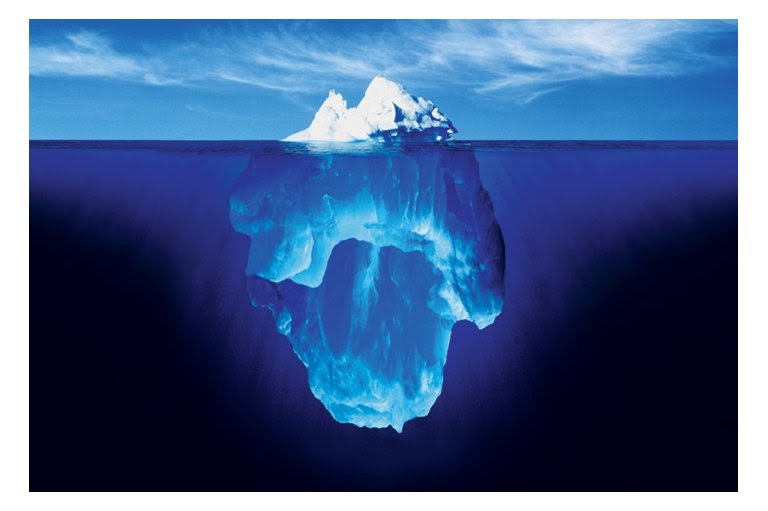Is there a purpose to this blog? I guess I would say “sometimes.”
If there is a purpose to this blog it would be to counter the negative effects of nationalism on the writing of history. That is what the majority of entries in this blog that have a “purpose” are about.
If one is not familiar with the topic of the negative influence of nationalism on the writing of history, then a good place to start to familiarize oneself with this topic is this Wikipedia page on Historiography and Nationalism (I don’t always recommend Wikipedia, but this entry is ok).
It also has a list of suggested further readings, which I have pasted below, that give a sense of some of the work that has been done on this topic. In fact, the amount of articles and books that have been published on this topic in the past thirty years in the West probably numbers in the thousands by this point.
As such, for anyone who has studied at the postgraduate (UK system) or graduate (US system) level in Europe, North America or Australia, the concepts that this blog deals with should be very familiar. Indeed, there are entire courses at countless universities that are dedicated to the topic of nationalism and the various ways that it has influenced modern societies.
For people in the places that this blog covers, however, the issue is not so simple, as the topic of the negative influence of nationalism on historical scholarship has not received much attention (privately it has, perhaps, but not publically in print). In fact, nationalism still exerts a significant influence on scholarship (to varying degrees and in various ways) throughout not only much of Southeast Asia, but some other parts of Asia as well.
The “purpose” of many of the entries in this blog is to point this out.
And here is that reading list from the Wikipedia page mentioned above (whoever made the list appears to have an interest in archaeology, a field that has also been deeply influenced by nationalism):
Benedict Anderson, Imagined Communities: Reflections on the Origin and Spread of Nationalism (Verso, 1991 [2nd ed.]).
George C. Bond and Angela Gilliam, eds., Social Construction of the Past: Representation as Power (Routledge, 1994).
Margarita Díaz-Andreu, A World History of Nineteenth-Century Archaeology: Nationalism, Colonialism and the Past (Oxford University Press, 2007).
Margarita Díaz-Andreu and Tim Champion, eds., Nationalism and Archaeology in Europe (Westview Press, 1996).
Marc Ferro, The Use and Abuse of History: Or How the Past Is Taught to Children (Routledge, 2003).
Patrick J. Geary, The Myth of Nations: The Medieval Origins of Europe (Princeton University Press, 2002).
Ernest Gellner, Nations and Nationalism (Cornell University Press, 1983).
Eric J. Hobsbawm, Nations and Nationalism Since 1780 (Cambridge University Press, 1992).
Eric J. Hobsbawm and Terence Ranger, eds.. The Invention of Tradition (Cambridge University Press, 1992).
Philip L. Kohl, “Nationalism and Archaeology: On the Constructions of Nations and the Reconstructions of the Remote Past,” Annual Review of Anthropology 27 (1998): 223-246.
Anthony D. Smith, The Ethnic Origins of Nations (Blackwell Publishers, 1988).
Ronald Grigor Suny, “Constructing Primordialism: Old Histories for New Nations,” The Journal of Modern History 73.4 (2001): 862-896.
Michael Bergunder, “Contested Past: Anti-Brahmanical and Hindu Nationalist Reconstructions of Indian Prehistory,” Historiographia Linguistica 31.1 (2004): 59-104.
Garrett G. Fagan, ed.), Archaeological Fantasies: How Pseudoarchaeology Misrepresents the Past and Misleads the Public (Routledge, 2006).
Philip L. Kohl and Clare Fawcett, eds., Nationalism, Politics and the Practice of Archaeology (Cambridge University Press, 1996).
Bruce Lincoln, Theorizing Myth: Narrative, Ideology, and Scholarship (University Of Chicago Press, 2000).





















